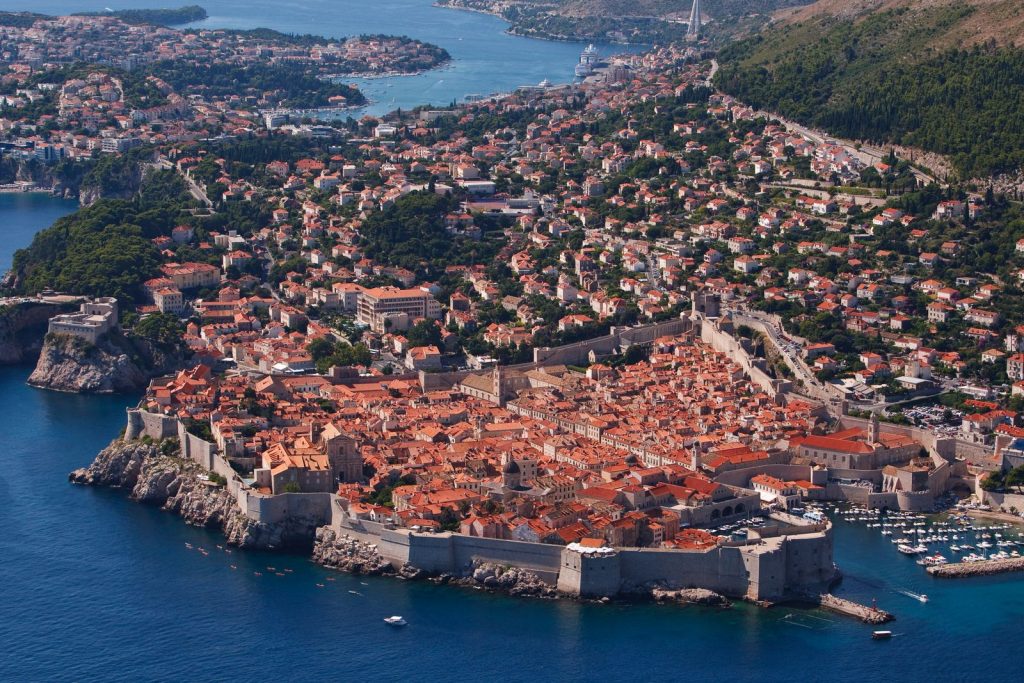As Poslovni Dnevnik/Marta Duic writes on the 11th of June, 2020, a few years ago, Mayor Mato Frankovic took over responsibility for managing the city of Dubrovnik. During that time, numerous projects were implemented and launched, and a number of measures were implemented with the aim of ensuring the best possible quality of life for all generations of Dubrovnik citizens.
Of the capital projects, it should be noted that the construction works on a primary school were completed after 35 years, followed by the equipping of the school, and the total amount of that investment stood at a massive 75 million kuna. The drinking water purifier in Komolac has been put into operation, and this year, the student house/home (studenski dom) is set to its doors, in which the city has invested 30 million kuna.
Lazareti was renovated with the use of EU money, marking a project worth 33.8 million kuna, of which 29.5 came directly from European Union funds. Kindergartens have been built and renovated, and schools and playgrounds have been energetically renovated. A three-kilometre-long two-lane road (Klisevo-Mrcevo) was built, and the historic first phase of rehabilitation of Stradun’s mixed drainage canal was carried out.
Road construction between the Dr. Franjo Tudjman bridge and Osojnik is a prerequisite for the expansion of the city and the development of a new residential zone. The waterfront in Rozat was also renovated, and after 43 years of waiting, the State Archives has been relocated into a new building, for which the city has provided the sum of 14 million kuna.
Croatia’s tourist Mecca is also implementing the project “Respect the City” for better tourism management, and the Tourism Development Strategy has been adopted until the year 2025. The water supply and sewerage system has been improved, and after more than twenty years, the Grabovica landfill has been modernised.
The city contributed to the work of the Red Cross and HGSS, hospitals and ambulances with donations, and the salaries of firefighters were increased by 15 percent. A number of projects have been implemented, such as the Halo Help project and the News for the Deaf and Hard of Hearing, which target the elderly and infirm and other groups of Dubrovnik citizens who might require more care.
The city is also responsible for the return of traditional crafts, with strong support for women’s entrepreneurship. In addition to the construction of promenades, parking, the enrichment of sports infrastructure and the reconstruction and expansion of the Lapad coastline worth as much as 70 million kuna, they can boast that the construction of the Dubac cemetery is in its first phase, and they are building a retirement home and shelter for vulnerable groups of Dubrovnik citizens.
In May this year, works on the city’s water supply and drainage began, worth 44 million kuna, which will also help the nearby Elaphite island of Lopud. The world’s first water polo museum is being built in Dubrovnik, as well as a tennis hall in Lapad, and on top of that, a new settlement is being built in Podbrezje, a future place for young Dubrovnik citizens to live.
In this term, the city took over the ownership of Villa Čingrija, where the regional Centre of Competence for Tourism and Hospitality will be located, for which 72.3 million kuna was provided from the European Social Fund.
Dubrovnik is the best “Smart City” in the Republic of Croatia, as evidenced by services such as car sharing systems with electric vehicles, traffic management applications, smart parking, video surveillance of traffic with 120 cameras in fifty places across the city.
A number of roads and parking lots have been arranged, which will likely be excellent news for Dubrovnik citizens who often complain about parking issues. In addition to that, 1,000 new, energy-efficient lamps have been installed. The city also procured its very first articulated buses, and eleven more are arriving, with free internet being readily provided in one hundred city buses.
For more, follow our lifestyle page.









